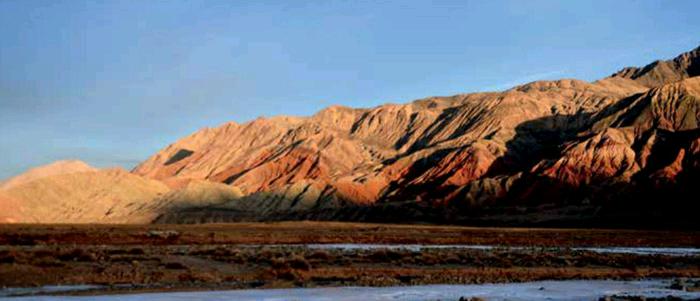China Danxia
Listed as a World Natural Heritage Site in 2010 Location: Hunan, Jiangxi, Zhejiang, and other provinces, southeast China Best Time to Visit: March to May, October to December
ChInA Danxia is the name given to landscapes developed on continental red terrigenous sedimentary beds formed through endogenous forces (including uplift) and exogenous forces (including weathering and erosion).
These serial property landscapes are comprised of six component parts (Chishui, Taining, Langshan Mountain, Danxia Mountain, Longhu Mountain, and Jianglang Mountain) found in the sub-tropical zone in southeast China within an approximately 1,700-km crescent-shaped arc from Guizhou Province in the west to Zhejiang Province in the east.
Due to the combined endogenic (tectonic uplift) and exogenic (climatic, erosion, weathering) forces, and other factors, the Danxia landforms have been developed in red sedimentary sequences continuously from the Neogene until the present.
They are characterized by spectacular red cliffs and a range of erosional landforms, including dramatic natural pillars, towers, ravines, valleys and waterfalls. These rugged landscapes have helped conserve sub-tropical broad-leaved evergreen forests, and host many species of flora and fauna, about 400 of which are considered rare or threatened.
The six component parts represent the most important examples of “least eroded” to “most eroded” Danxia landforms, providing a range of different aspects of the phenomenon, and illustrate both the range of landforms in relation to the forces and processes that formed them, together with a range of associated landscapes.
The property is state-owned and its protected status varies between the six component parts: most have national park status, though land status also includes national nature reserves, national forests, and geo-parks. Each one of the six component parts is protected under relative laws and regulations at national, provincial and local levels.

